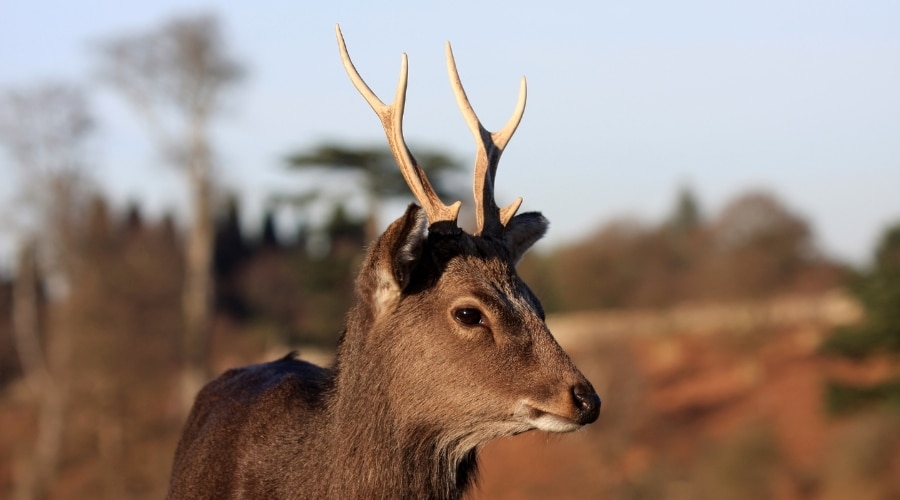
BASC launches new deer stalking scheme in Lancashire
BASC has added to its portfolio of deer stalking opportunities for members with the opening of a new scheme in Lancashire.
Get information on the legal shooting season for mammals and birds in the UK.
Apply for funding for your project or make a donation today
Comprehensive information and advice from our specialist firearms team.
Everything you need to know about shotgun, rifle and airgun ammunition.
Find our up-to-date information, advice and links to government resources.
Everything you need to know on firearms law and licensing.
All the latest news and advice on general licences and how they affect you.

Without question, we are all looking forward to being able to get back out stalking soon. Until then we can use the time to think about other aspects of our deer management and carry out a deer impact assessment. It is, after all, not just about shooting.
My favourite time of year is spring – April into May – when the grass starts growing and the lambs have the warm sun on their backs to help them thrive. The dawn chorus starts once more. The trees and hedges come into leaf. The downside, however, is an earlier start to my stalking day! It is the ideal time to carry out assessments as the pressure of doe shooting is off and indicator species are coming into bloom.
We know that deer can have an impact on our native flora. But do you know what they eat? Do you know your dog’s mercury from your dandelion? Or celandine from sorrel?
Deer impact assessment is one of the main elements of a deer management plan. This covers signs of activity such as deer seen, tracks, dung, couches. It should also look at the impact deer are having on trees (via browsing and fraying) and on plants.
By having a closer look at what’s being eaten, you can get a good idea of the density of deer in your wood. This method also allows you to earmark species, as different deer favour different plants.
Keeping on top of your deer population will allow you to enjoy the wonderful display of flowers that haven’t been eaten!
Waiting to get back on to your stalking ground offers the ideal chance to brush up on your spring and summer flora identification skills.
A really handy way of doing this is by looking on one of various plant ID apps or on websites such as PlantNet, Plantsnap, or The Woodland Trust.
Look for the lovely white flowers of bramble when carrying out deer impact assessment. It flowers for a long period and is a crucial plant for dormice and also very palatable to deer.
With high deer densities, large clumps of bramble will be broken up. But where only muntjac are present, the clumps remain. Muntjac create distinctive ‘tunnels’ through bramble on most commonly travelled routes.
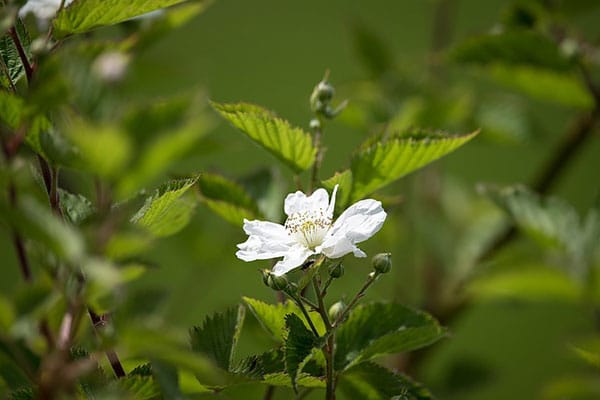
This indicator plant of ancient woodland, with lovely white star-shaped flowers with yellow centres, is one of the first to bloom in early spring.
Despite having a slightly acrid taste, roe, fallow and muntjac seem to love this plant. Sadly, anemone is slow to recover once eaten. It’s a good flower to look for during a deer impact assessment.
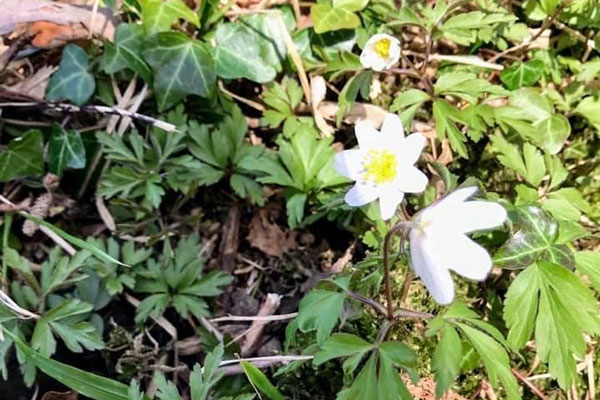
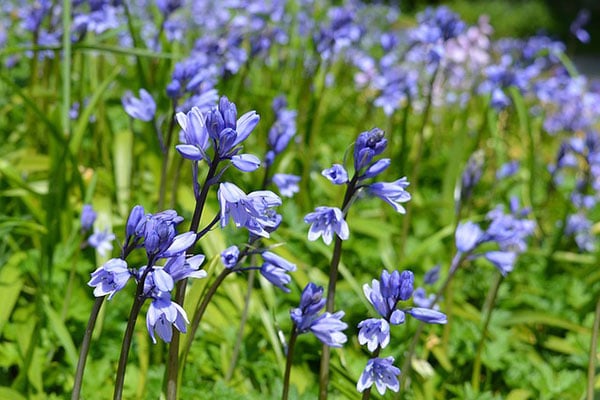
Produces a carpet of yellow star-like flowers and dark heart-shaped leaves. Cleverly adapted to British weather, it closes its flowers to protect the nectar and pollen during dull, drizzly days. Deer love it and can soon eat through large patches. If you spot a lot of damage to these plants during your deer impact assessment, you might well have a deer problem.
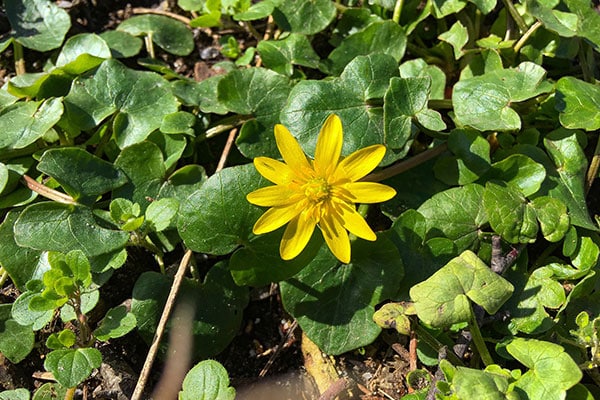
The woodland equivalent of the meadow cowslip, its pendulous yellow bell-shaped flowers are loved by muntjac and fallow. They are very sensitive to damage and slow to recover from deer browsing.
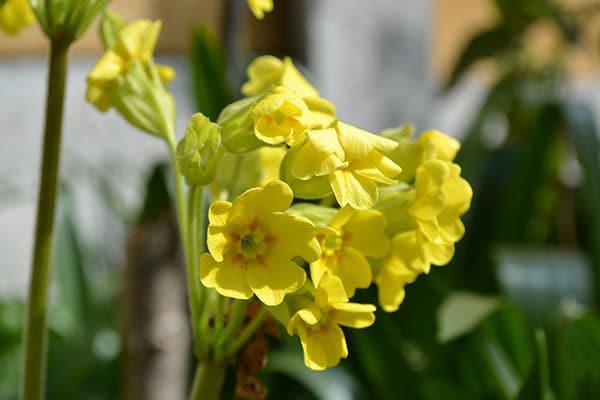
Early purples appear in April and flower until June in a lovely display of dark purple flowers. The common spotted orchids appear from June until August with pale pink spikes dotted with dark purple spots. Both are very susceptible to browsing by muntjac, which makes it an ideal plant to look for during a deer impact assessment.
There are many more lovely wildflowers to look out for during a deer impact assessment, such as common dog violet with its delicate purple blooms. Wild garlic, with its star-shaped white flowers, is easy to spot (and smell) from a good distance. Be warned – the smell will cling to your clothes if you’ve been sitting in wild garlic for a few hours waiting for fallow to move!
Whenever you are able to get back out in the woods, take your time to enjoy our wonderful native flora. As a stalker, remember how your deer management is helping your surroundings thrive.
Want to find out more about deer management from BASC? Click here to head to our deer management pages for details of our stalking schemes, education opportunities and advice and guidance on best practice across the board.
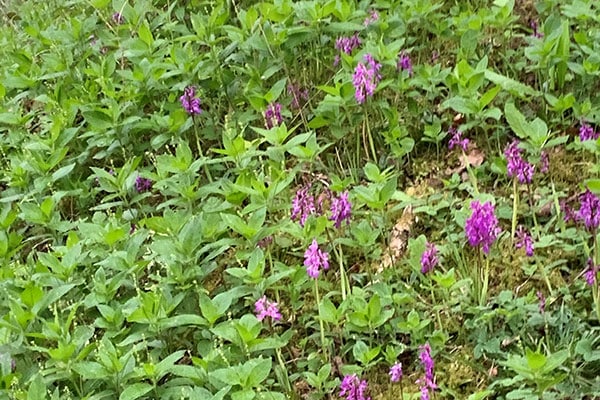
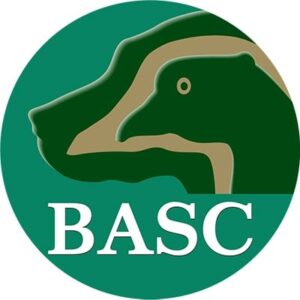

BASC has added to its portfolio of deer stalking opportunities for members with the opening of a new scheme in Lancashire.
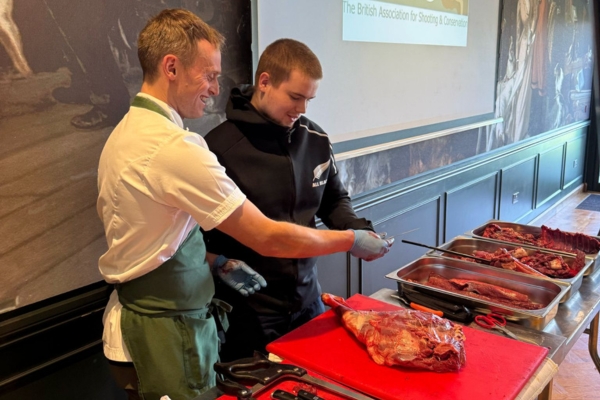
A group of chefs recently enjoyed an experience combining game butchery and cooking with clay shooting, at an event hosted by BASC.
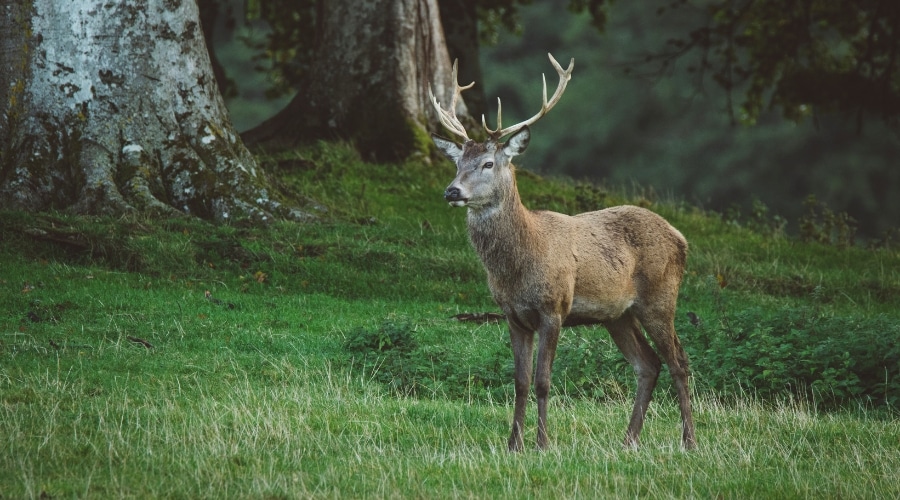
The proposals relate to the use of night shooting equipment, minimum bullet weights and the removal of the close seasons for male deer.